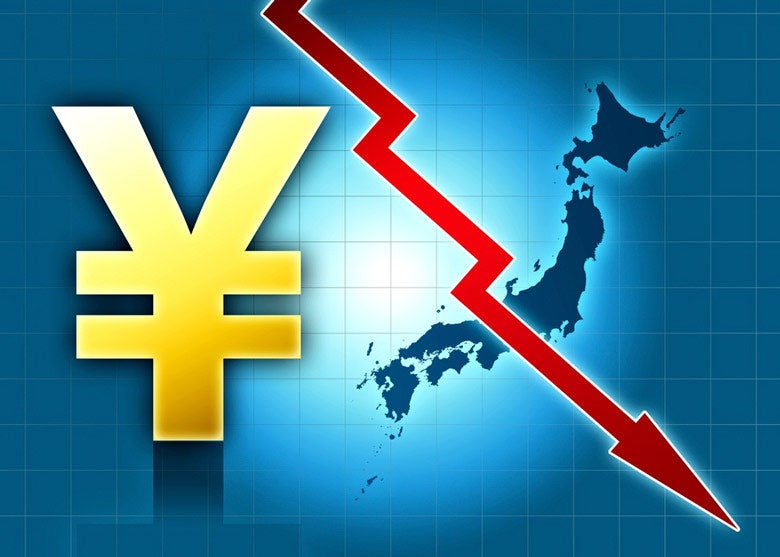Last week in the foreign exchange market, USD/JPY moved above 153.
This occurred as U.S. 10-year Treasury yields rose to 4.40%, their highest level in three weeks, while expectations for a BOJ rate hike receded.
Next week on the 19th, the FOMC results will be announced in the early morning (afternoon of the 18th in the U.S.), followed by the BOJ’s policy meeting results around noon.
Given the divergent interest rate directions – with the U.S. moving toward cuts and Japan toward hikes – conventional wisdom would suggest dollar weakness and yen strength.

The FOMC is expected to decide on an additional 25 basis point rate cut, but the Fed’s Summary of Economic Projections (SEP) and Chair Powell’s press conference may suggest that the terminal rates could be higher than previously anticipated.
Meanwhile, regarding the BOJ, while Governor Ueda stated in a November 30th Nikkei interview that the next rate hikes were “nearing,” some now view even a January rate hike as uncertain (not just December being postponed).

For example, a Kyodo News article from December 13th reported that while “economic and price developments that the BOJ sets as conditions for rate hikes are proceeding as expected,” it also noted that “with increasing uncertainty about the U.S. economic outlook and a desire to confirm wage increase trends from the Spring 2025 labor negotiations, they are leaning toward the judgment that there’s no need to rush rate hikes,” making the true “conditions for rate hikes” unclear.
This point warrants clarification in Governor Ueda’s post-meeting press conference.
What concerns me is that since December, the yen has been falling against European currencies as well.

In November, amid heightened “Trump trade” activity, EUR/JPY had moved from 165 to 156 (euro weakening, yen strengthening), but last week it returned to around 161. Among the G3 currencies
– dollar, yen, and euro – the yen has once again become the weakest.







